We get a lot of clients who see a really cool die cut, fold or finish in their mailbox or at a tradeshow, and want to include something similar in a project.
Special finishes can add big impact, but they require extra production time and quite a bit more budget than you may expect. To avoid sticker shock (especially if you tend to print small quantities like many of our clients), read on to learn more about what it takes to make some of our favorite fancy finishes happen, and when to consider finding the budget for that extra pop.
Die Cutting
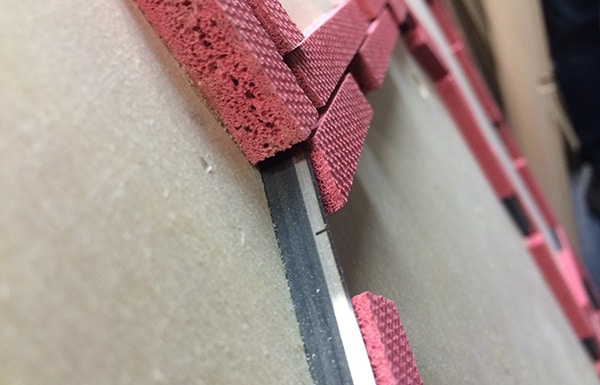
Photo Source
For the most part, those cool edges, shapes and folds you see require a printer’s ‘die’. The metal edge cuts the paper; the rest is padding that pushes the cut sheet back off the edge. Dies range in size from huge (for pocket folders), to small (for a few business cards), and if you create one custom for your company or project, your printer stores them for use when you reprint. You can also request to use dies your printer already has on hand. Most printers or finishing houses have stock dies for things like envelopes, pocket folders, and divider tabs. These kinds of dies are also used to create custom edges, fold-ins, windows, patterns, etc.
Simple die cuts are easy to incorporate even in smaller print runs of 250-500 for business cards, brochures and more. The die is a one-time investment of a few hundred dollars, and only adds a day or two to your turnaround time.
Things get trickier when you use die cuts for direct mail. Non-standard and even non-solid shapes are mailable, but the surcharges are something you’ll want to keep in mind for your budget if you don’t plan on putting your piece in an outer envelope.
Photo Source
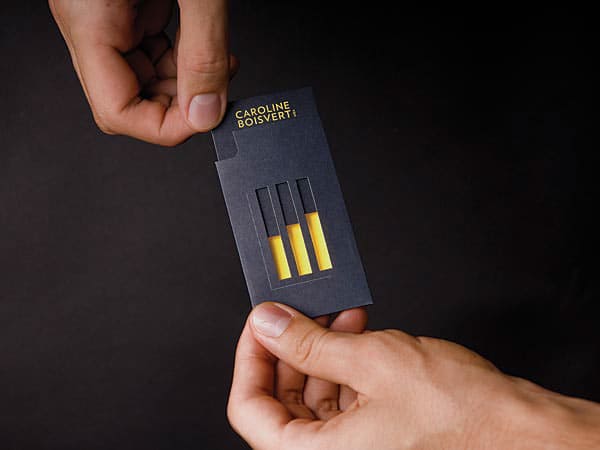
Photo Source
Embossing & Foil Stamping
Foil stamping and embossing require a printer’s die also, and are a great way to add depth and dimension to artwork, or bold text on a cover, pocket folder, invitation, or business card. Here are some examples:
Photo Source
Multilevel dies will cost you more than single level, and you’ll want to invest in a heavy, quality sheet of paper — thick enough to handle the depth of the emboss. Cost and process to emboss and/or foil stamp is similar to die cutting in that a die must be created. There’s usually some back and forth between the designer and the finishing house to get the artwork in just the right level of detail for the size and substrate. Simple embossing can be affordable even for smaller quantities, but the sky is the limit. For example, 500 business cards like these will run you $1500 just for the printing.
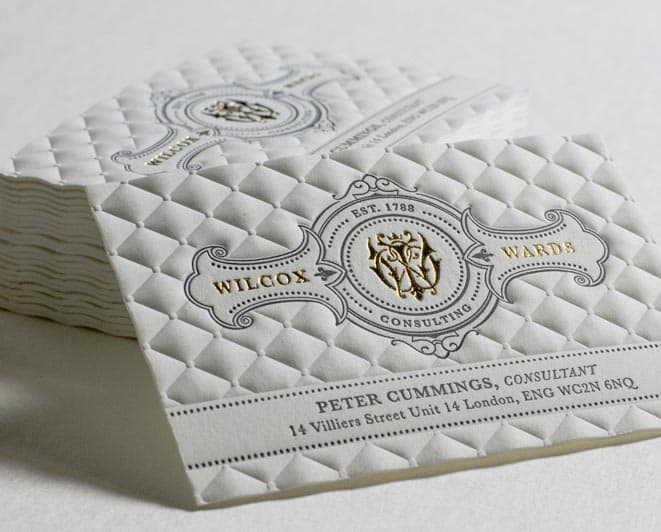
Photo Source
If you want the look of embossing, but don’t have the budget, you can get hand embossers to add a simple seal. They’re usually best used on text weight paper.
Other Finishes
Other cool finishes to explore include spot varnish (pictured), scratch offs, or scratch and sniffs.
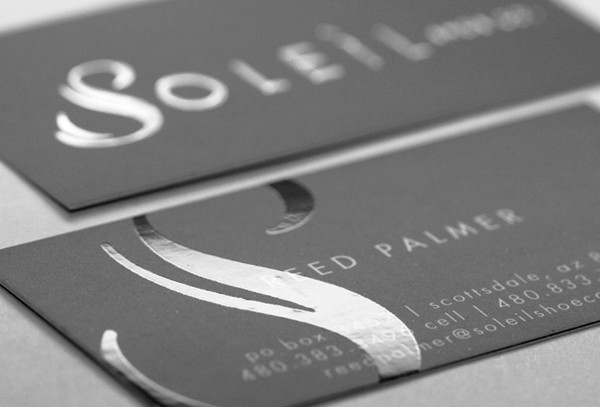
Photo Source
General Rules of Thumb
Intrigued? Here are some words of advice before you decide to add a special finish to your next project:
Add a week (or more!) to your schedule.
Special processes like these take more time, but are worth the wait. Designers need extra time to come up with that cool die cut and make sure the folds work just right. Then the printer has to have a die made. Then once the project is printed, it often has to go to another press specifically to be die cut or embossed, and sometimes to another facility. Plan ahead, and allow for extra time and budget for design, production, and printing. Cool things come to those willing to wait.
Consider your quantity.
Special finishes can double, triple, or quadruple your per-piece cost on small quantities. If you only need 50, 100, or even 250 of an item, you have to weigh whether or not the impact per recipient is worth it. Is it possible to increase the quantity and use those brochures or binders for something else down the road? Or is the event you’re hosting a fancy affair that’s worth the extra cost per invitation for the foil and the multilevel die?
Consider your message.
Does this piece need to help you stand out? Are you offering a high-end product or service? If you’re looking to have a conversation about attention to detail or being the best of the best, detailed finishes provide a wow factor that can be well-worth the price tag.


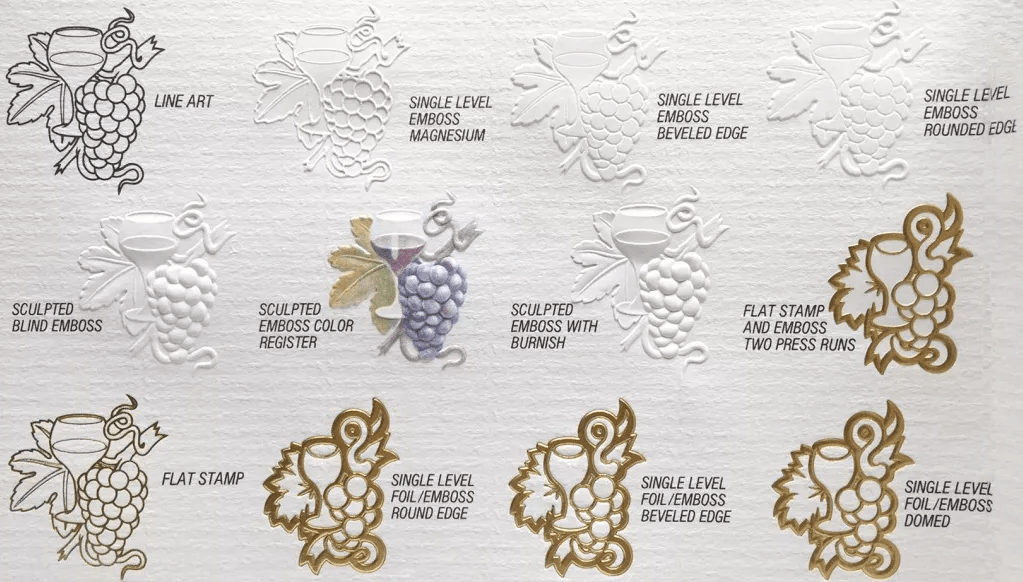
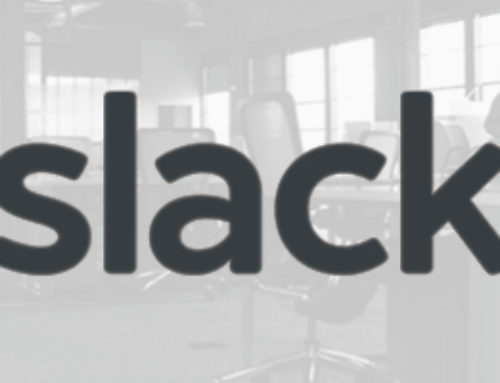
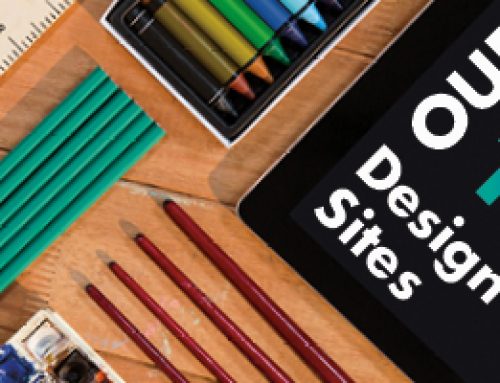
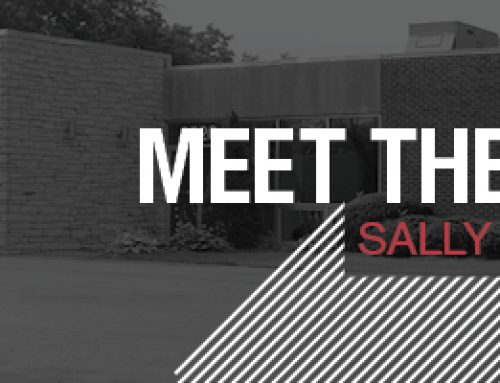
Leave A Comment